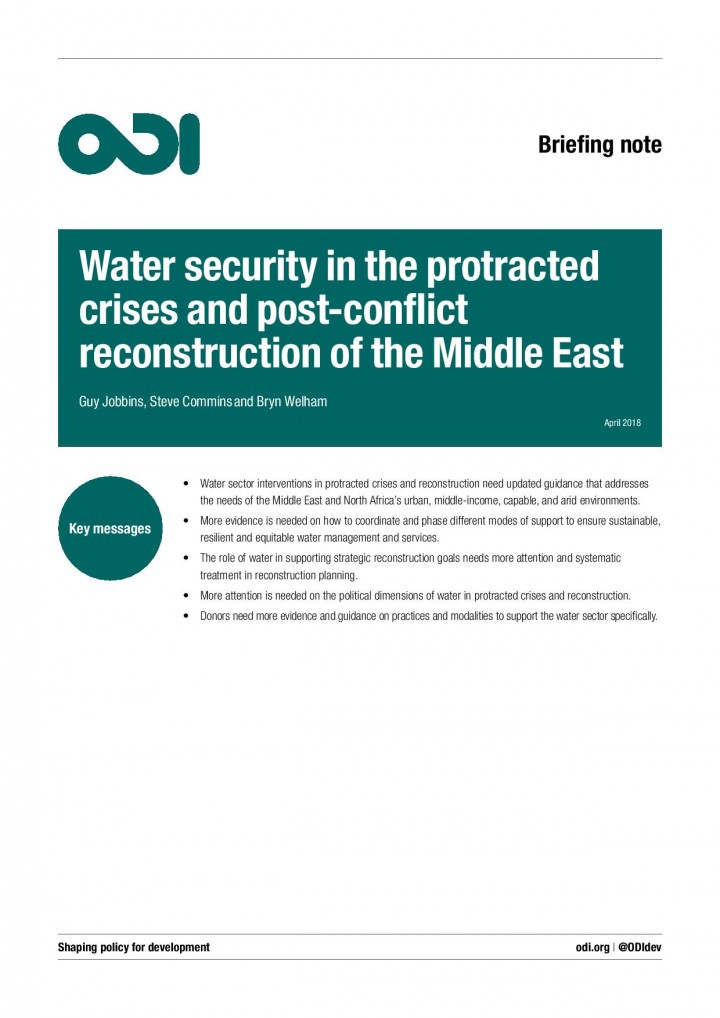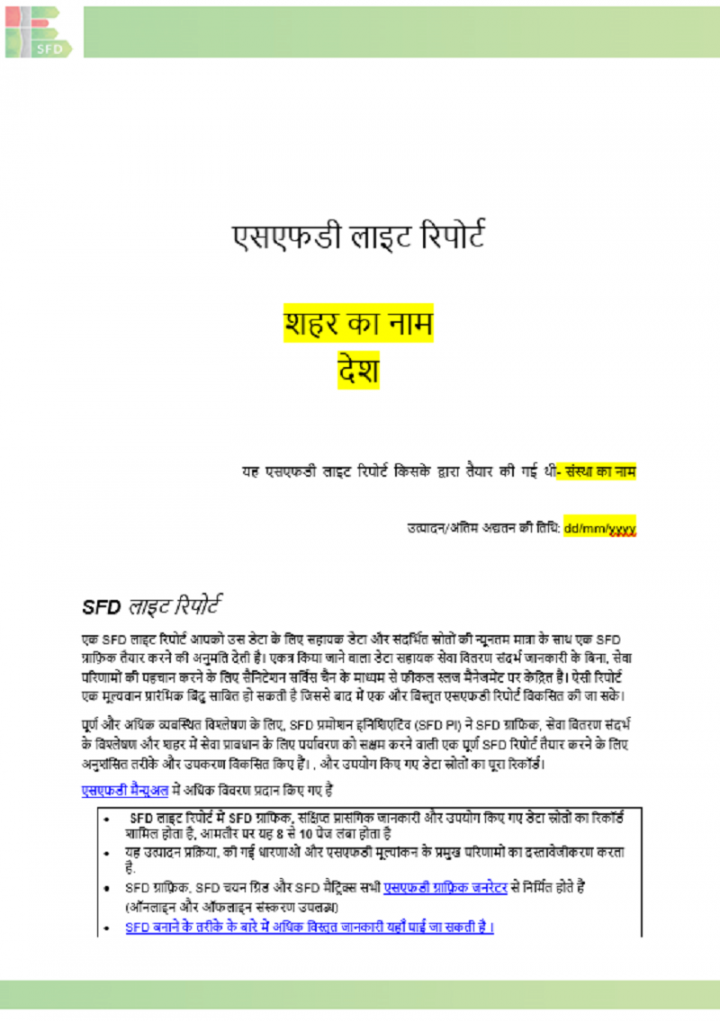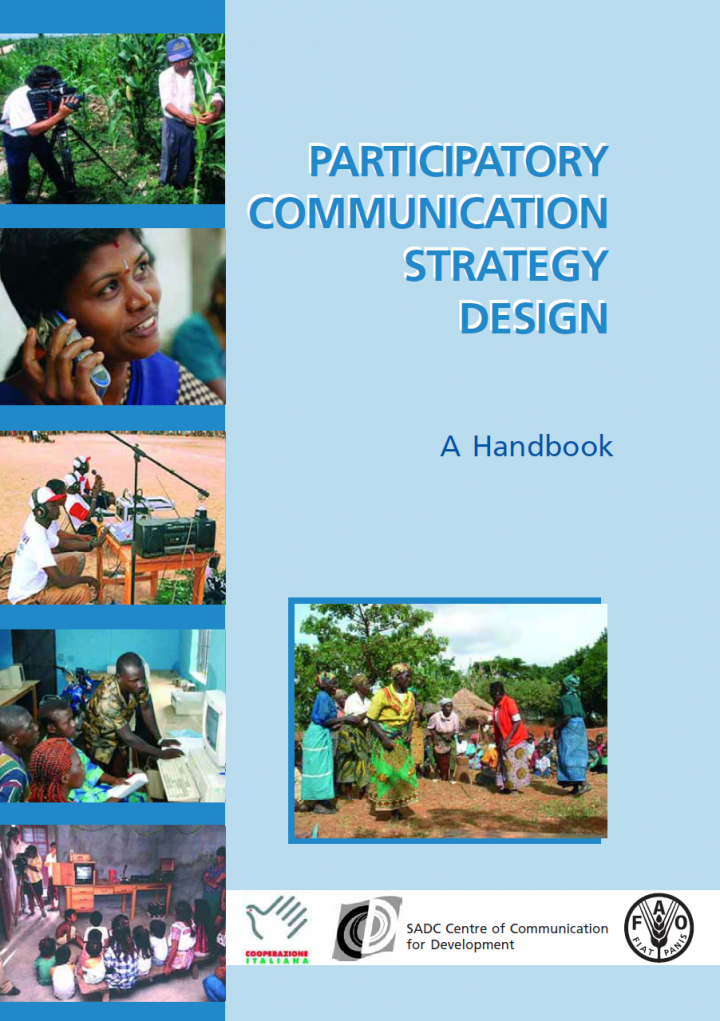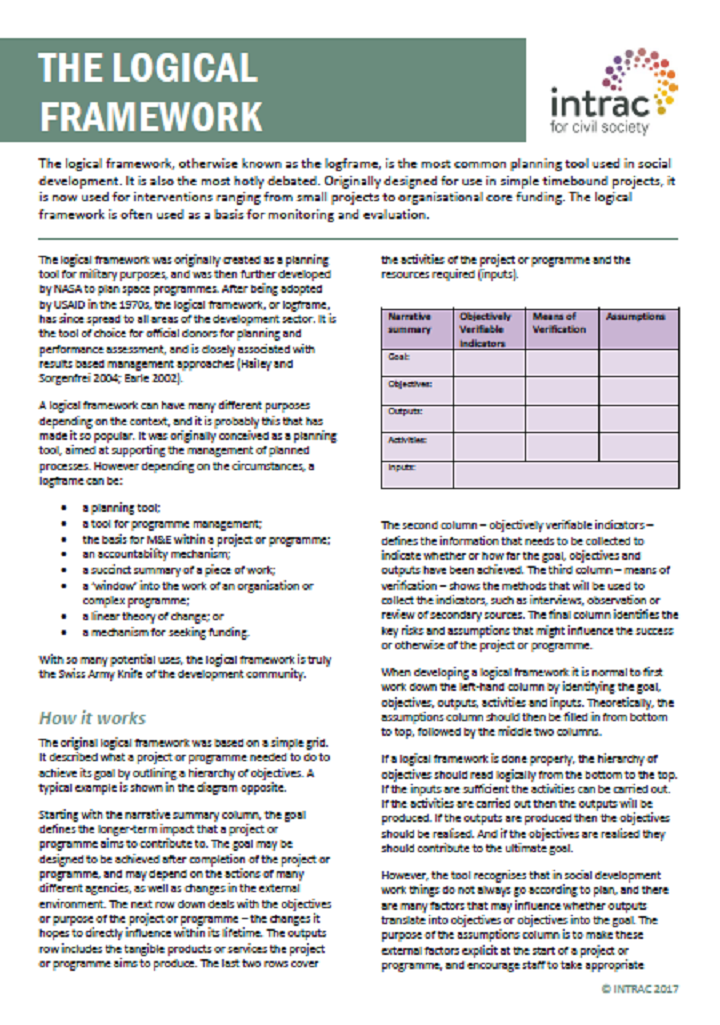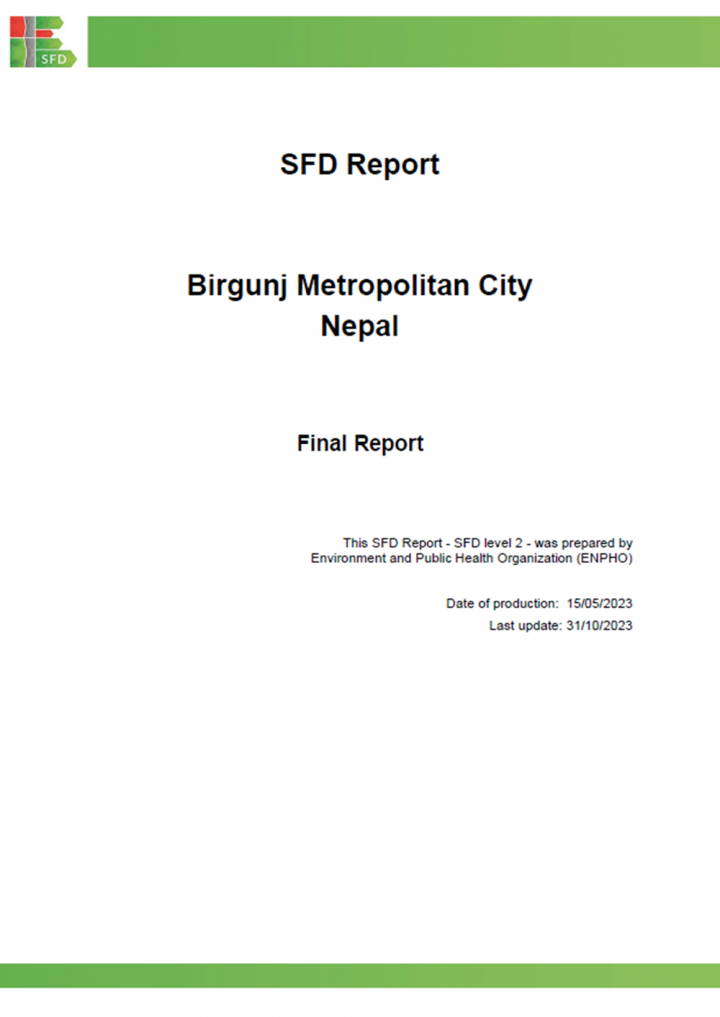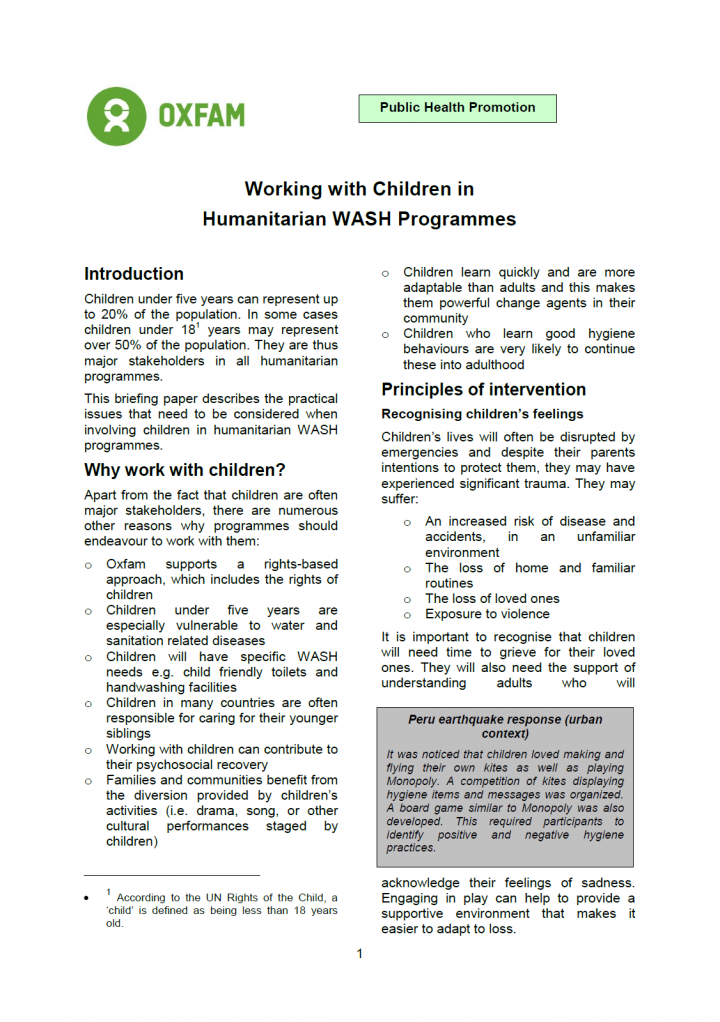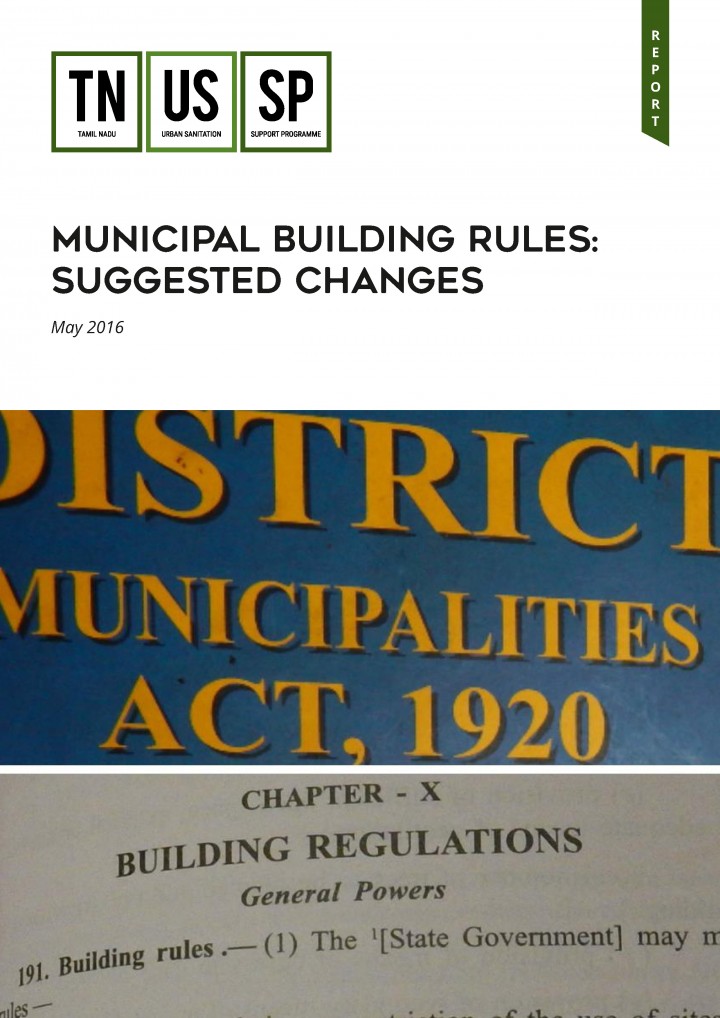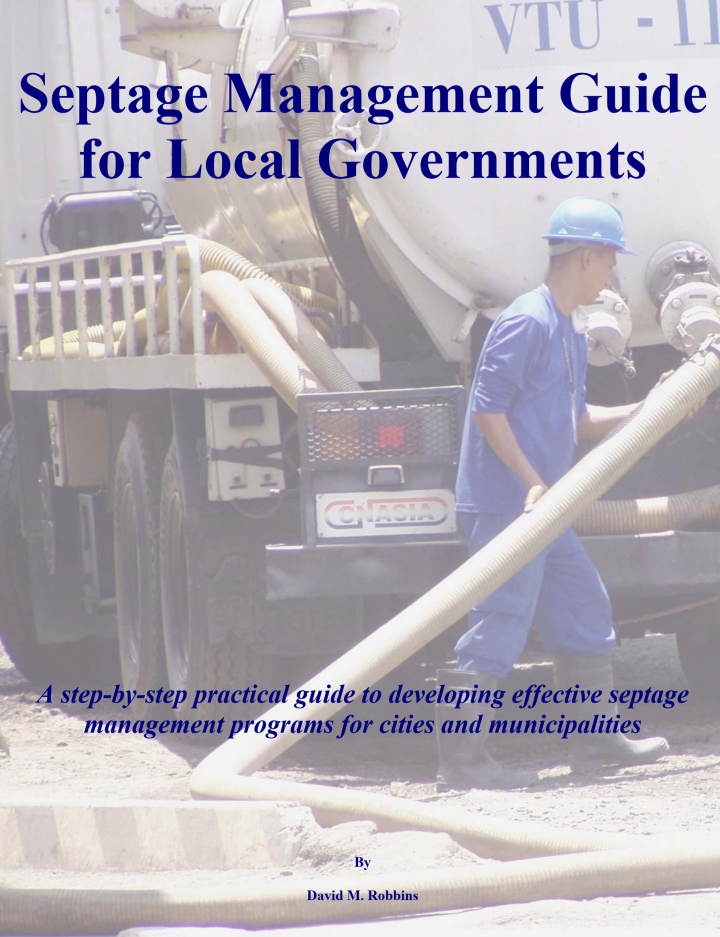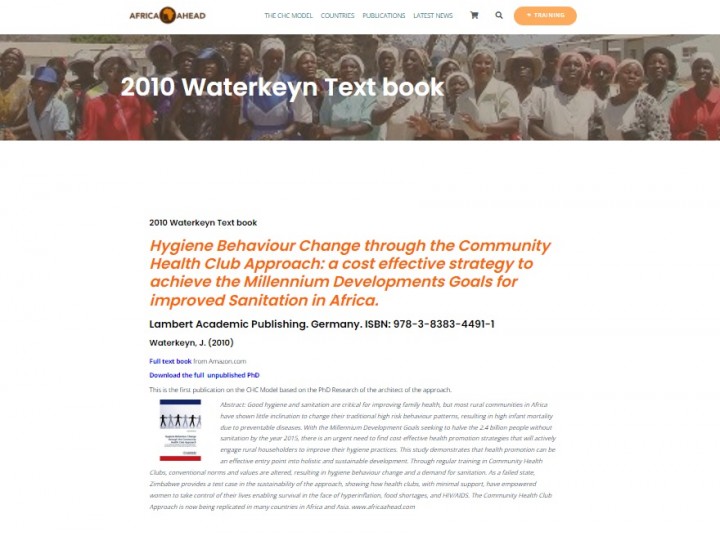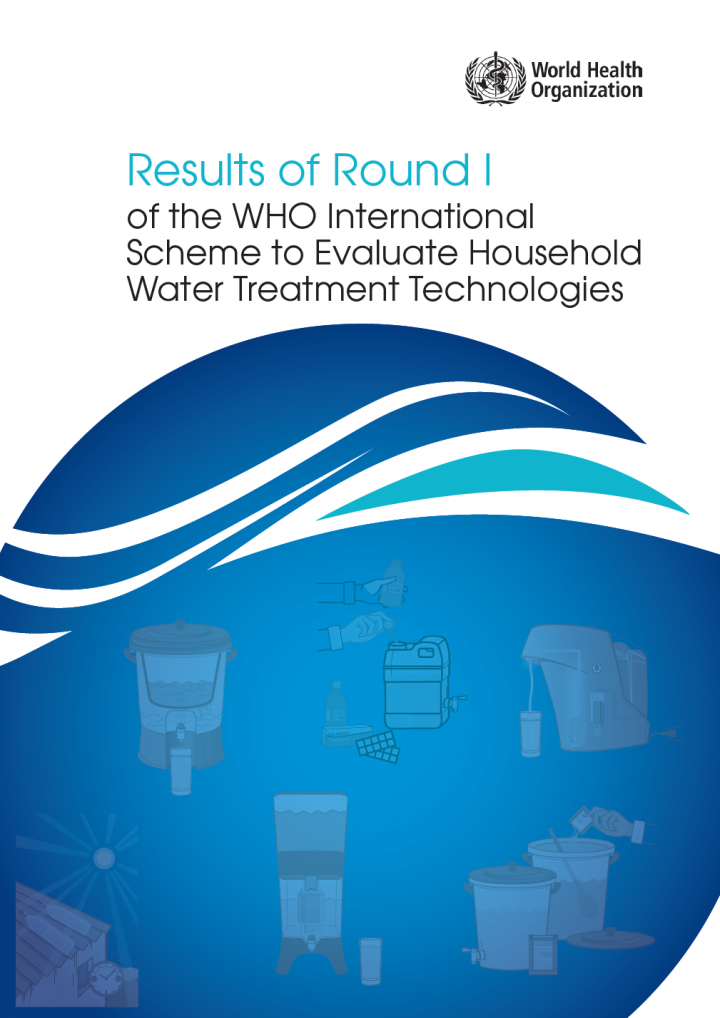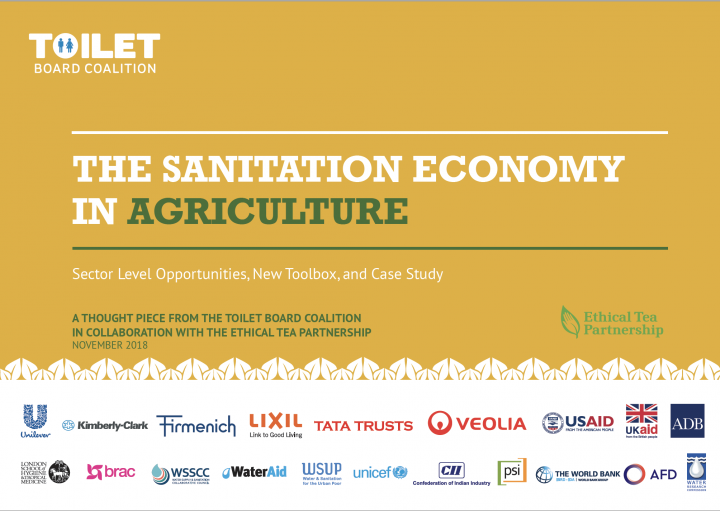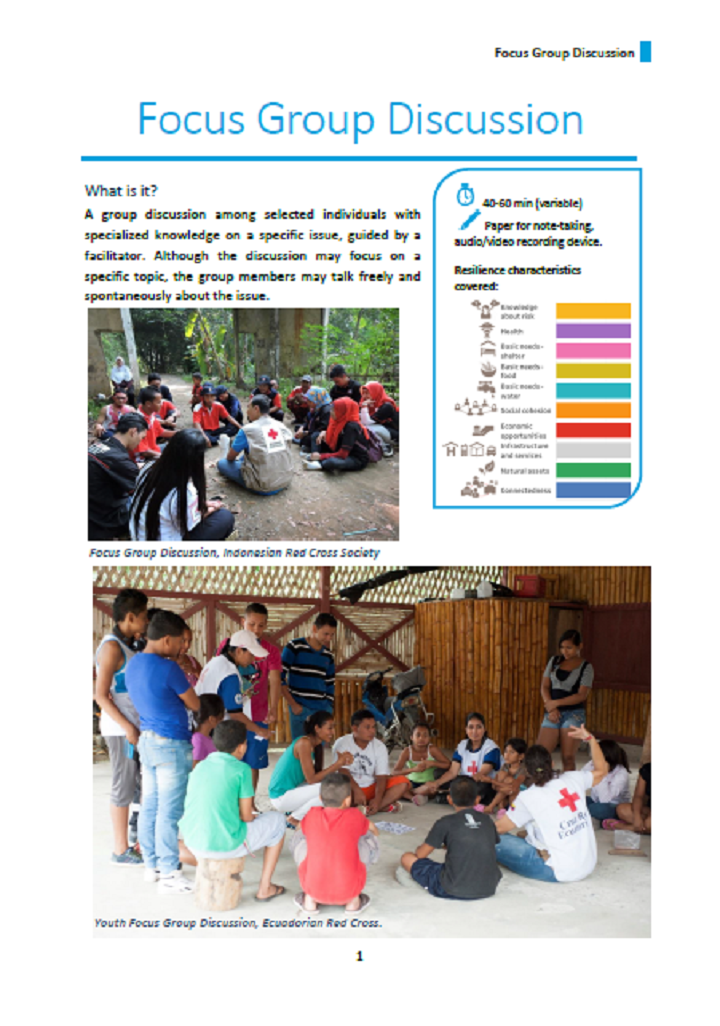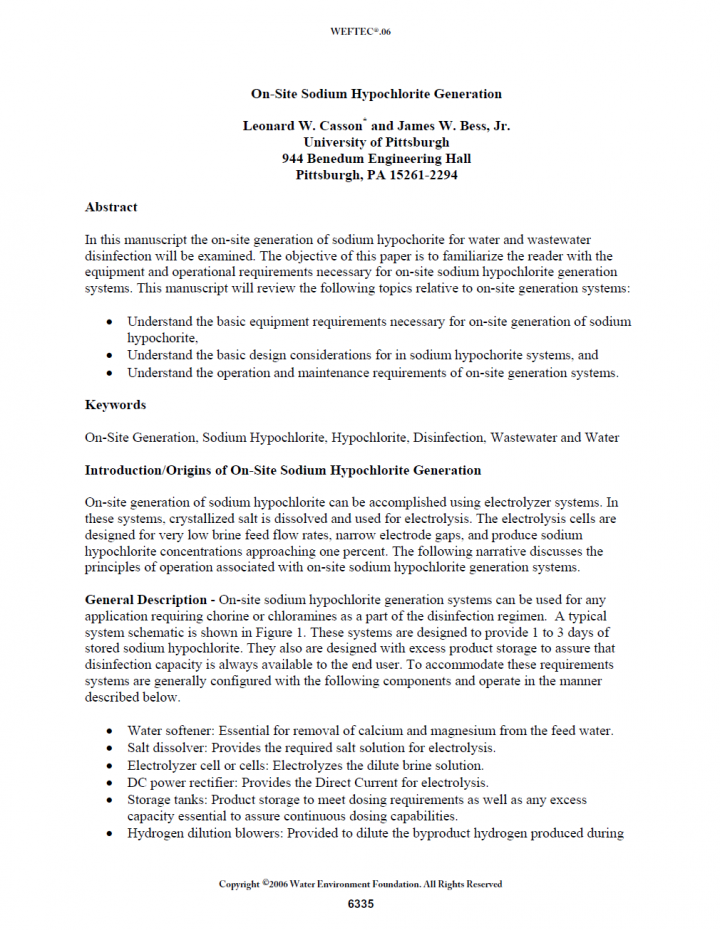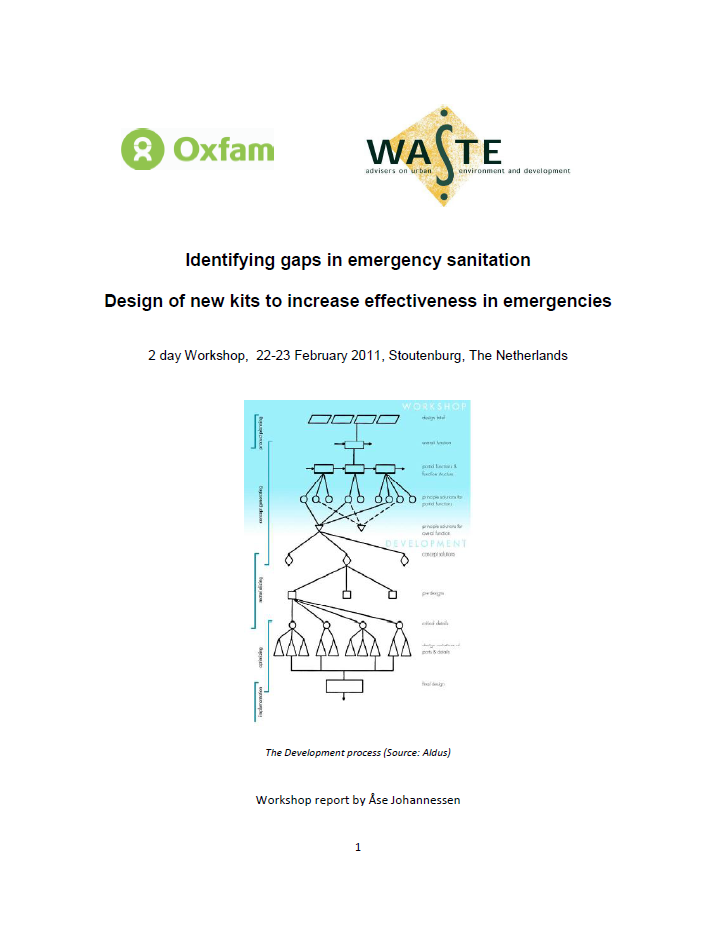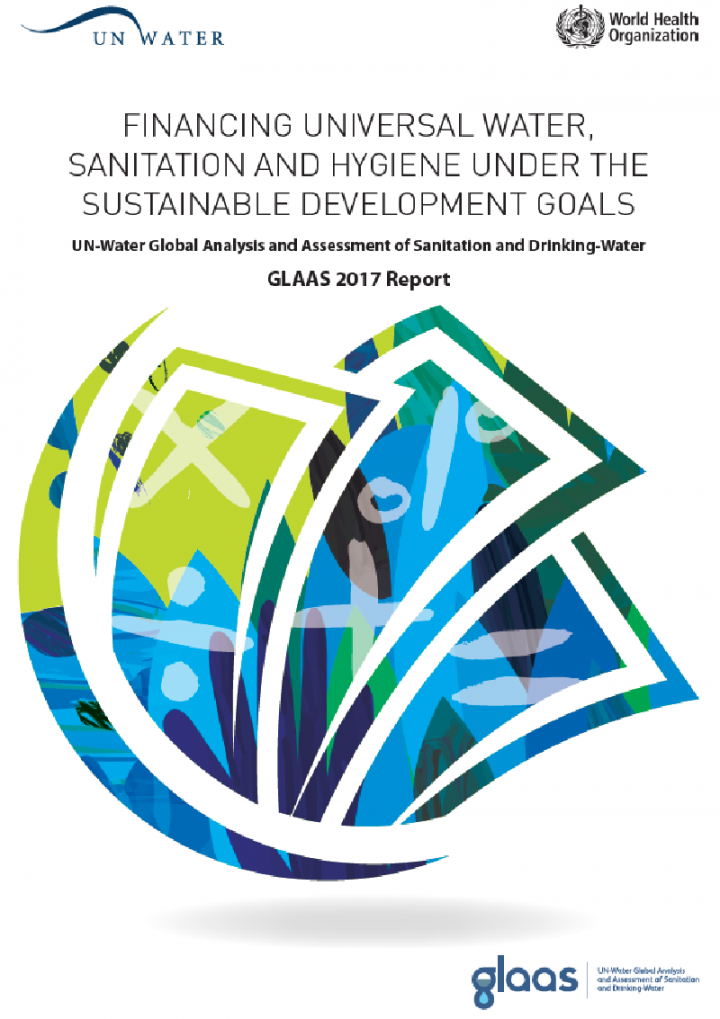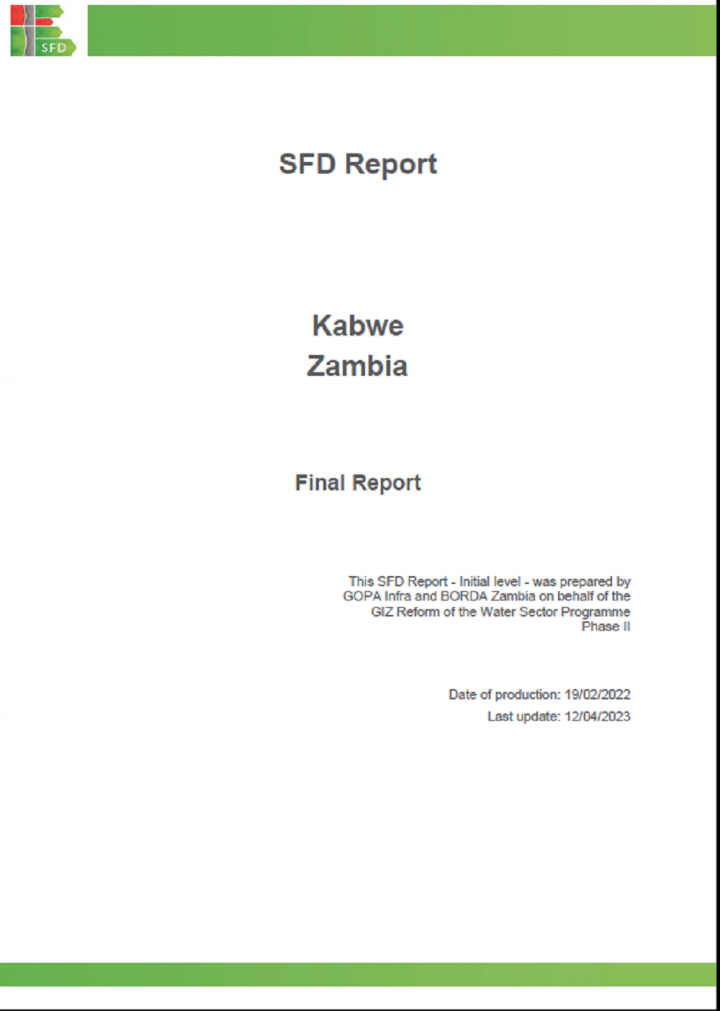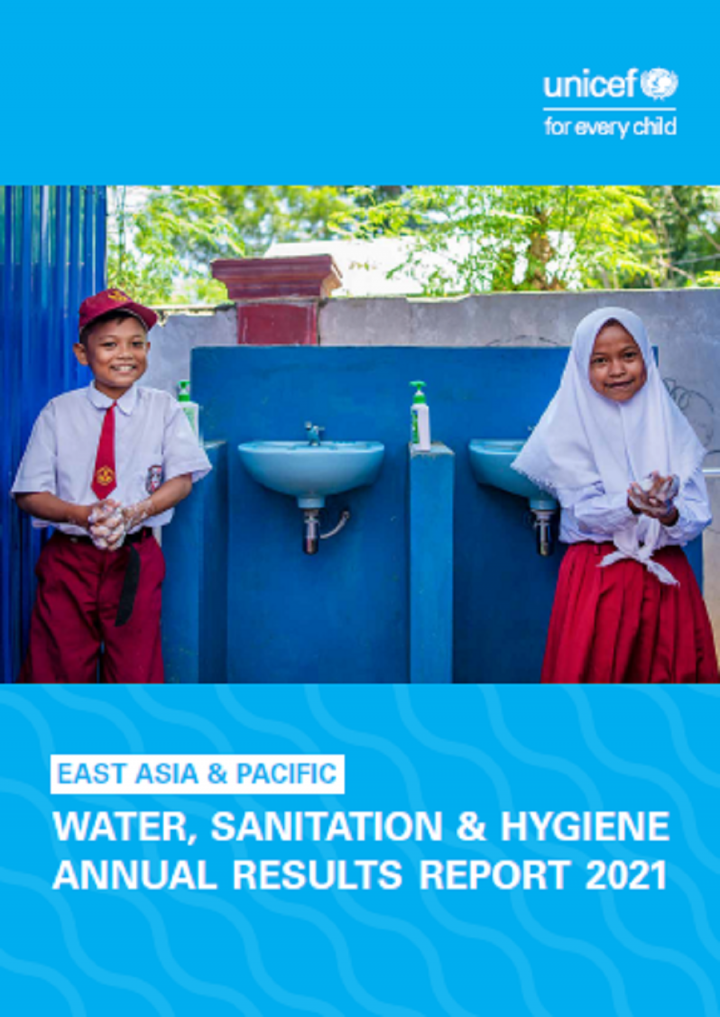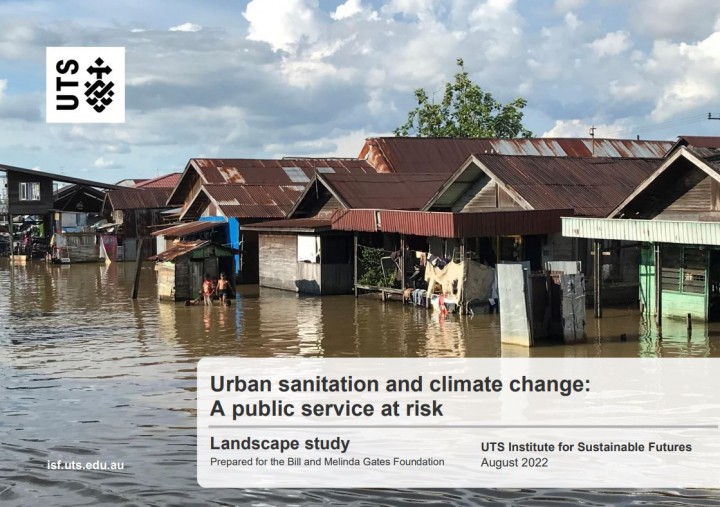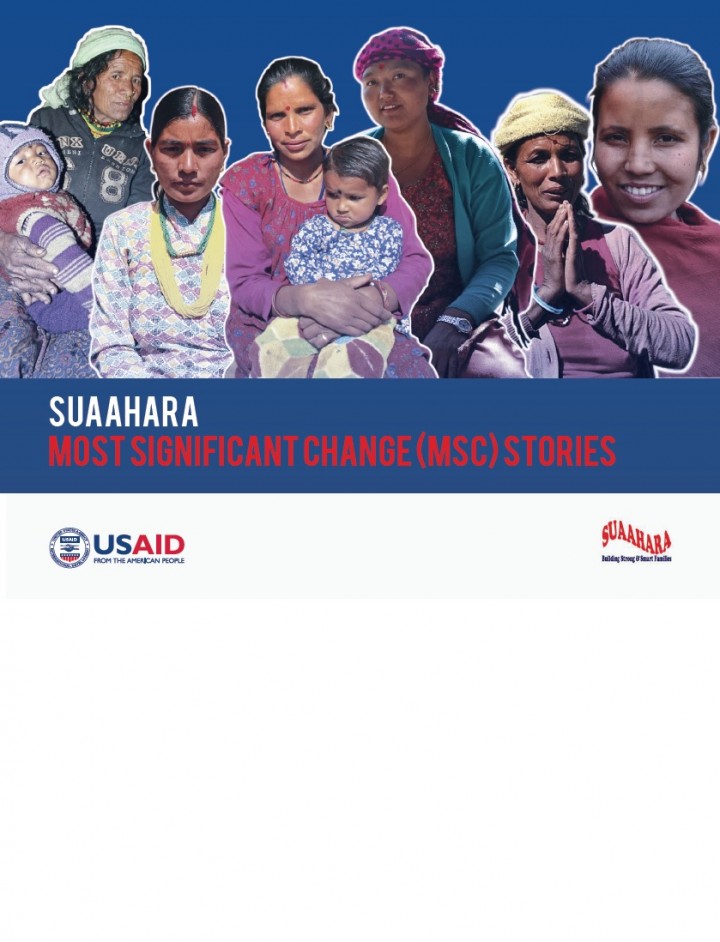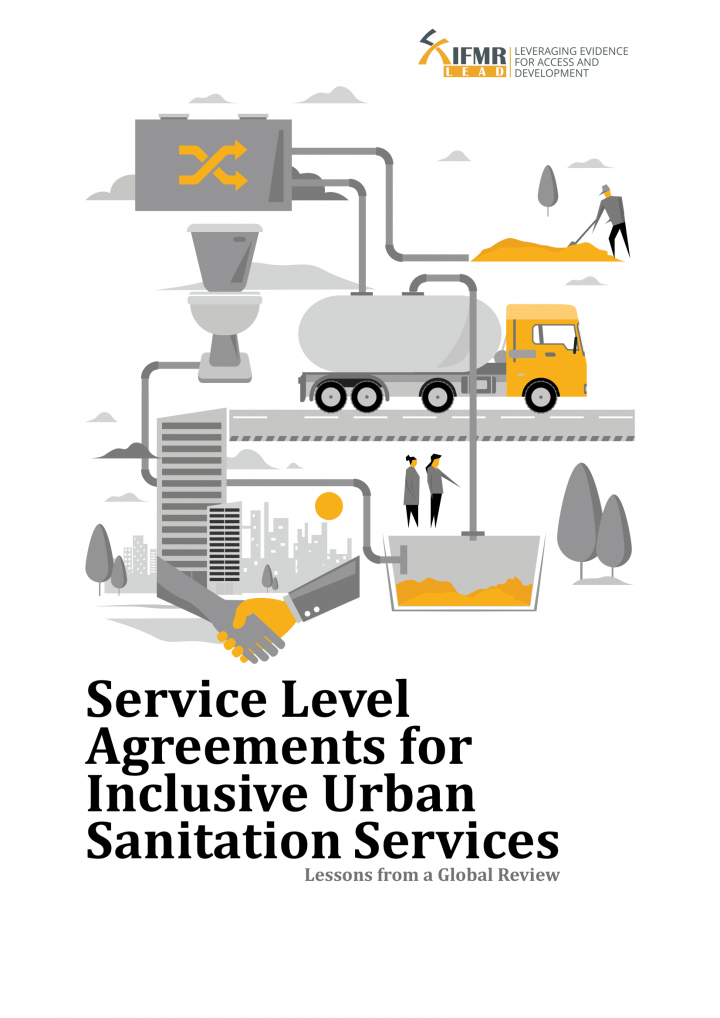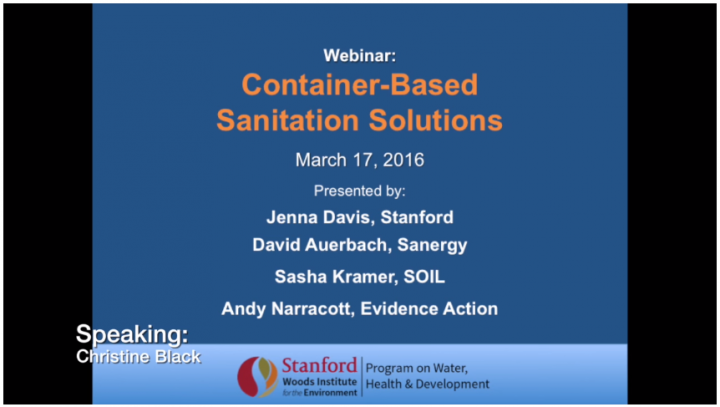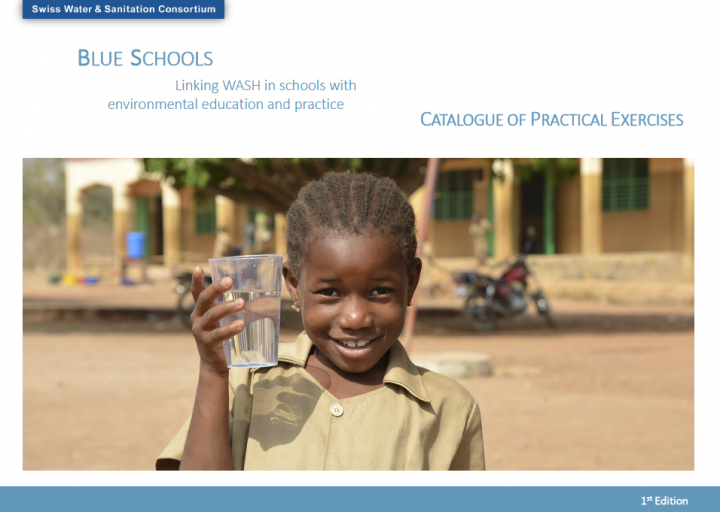Searching for information on Sanitation Workers?
The Sanitation Workers Knowledge + Learning Hub is the best source for all current news, trends, articles and updates on sanitation workers rights around the world.
This evaluation examines a broad national programme of ‘community-led total sanitation’ (CLTS) style sanitation interventions conducted in Timor-Leste by the government, NGOs and multi-lateral and bi-lateral stakeholders from 2012 to 2020. It was commissioned by the Government of Timor-Leste (GoTL) Ministry of Health (MoH) in collaboration with UNICEF Timor-Leste. The evaluation was conducted …
This Handbook has been prepared as a training and field guide for designing, implementing and managing communication strategies for development purposes based on the results of field Participatory Rural Communication Appraisal (PRCA). The book is a follow up to Participatory Rural Communication Appraisal: Starting with the People. As a logical continuation of the intervention initiated through …
The logical framework, otherwise known as the logframe, is the most common planning tool used in social development. It is also the most hotly debated. Originally designed for use in simple timebound projects, it is now used for interventions ranging from small projects to organisational core funding. The logical framework is often used as a basis for monitoring and evaluation.
Birgunj Metropolitan City is located in the Parsa District, Madhesh Province of Nepal, near the southern border with India. Birgunj Metropolitan City was officially formed on 14 April 2017. It was created by merging several local administrative units, including Birgunj Municipality, Pokhariya Municipality, and Adarsh Kotwal Rural Municipality. The total area of Birgunj Metropolitan City is …
Children under five years can represent up to 20% of the population. In some cases children under 18 years may represent over 50% of the population. They are thus major stakeholders in all humanitarian programmes. This briefing paper describes the practical issues that need to be considered when involving children in humanitarian WASH programmes.
In order to effect improvements across the sanitation chain, an assessment was undertaken of the existing practices with respect to on-site containment structures. While already existing on-site structures need to be surveyed to ensure compliance with sanitary requirements, and enforcement in this regard has been taken up by ULBs in Tamil Nadu, another intervention identified was improvements to …
The direct relationship between diseases such as cholera, hepatitis and dysentery and the unrestricted discharges of residential sewage is well documented. The septic tank is a simple device and when designed, installed, and operated properly, can serve as the first step in the sewage treatment process, which transforms human waste into a manageable effluent. Effluent can be further treated, …
Good hygiene and sanitation are critical for improving family health, but most rural communities in Africa have shown little inclination to change their traditional high risk behaviour patterns, resulting in high infant mortality due to preventable diseases. With the Millennium Development Goals seeking to halve the 2.4 billion people without sanitation by the year 2015, there is an urgent need …
Globally, an estimated 1.9 billion people use either an unimproved water source or an improved source that is faecally-contaminated. Furthermore, 502,000 diarrhoeal deaths in low- and middle-income countries can be attributed to insufficient and unsafe drinking-water (WHO, 2014a). The vast majority of these deaths occur in Africa and South-East Asia, mainly among vulnerable populations, including …
In the tea sector in Assam, India, the Toilet Board Coalition (TBC), together with the Ethical Tea Partnership (ETP), have been assessing Circular Sanitation Economy approaches for plantations, with new technologies, business models and infrastructure. This report outlines initial findings from our work with the tea sector in 2018, building a compelling economic case for Circular Sanitation …
In this manuscript the on-site generation of sodium hypochorite for water and wastewater disinfection will be examined. The objective of this paper is to familiarize the reader with the equipment and operational requirements necessary for on-site sodium hypochlorite generation systems. This manuscript will review the following topics relative to on-site generation systems: Understand the basic …
The 2-days workshop "Identifying gaps in emergency sanitation - Design of new kits to increase effectiveness in emergencies" took place in Stoutenburg, the Netherlands from 22-23 Feb 2011.
As a response to insufficient sanitation solutions deployed in the emergency situations, emergency and sanitation practitioners from different key organisations came together in Stoutenburg to discuss on how …
The GLAAS 2017 report focuses on the key role of financing in the water, sanitation and hygiene (WASH) sector. It is designed to provide a global perspective as the world embarks on achieving the SDGs, particularly SDG 6 relating to clean water and sanitation, which is essential to good health and well-being. It also provides country-specific data for governments to use as they plan investments …
Kabwe is the administrative capital of Central Province of Zambia and is located on Latitude -14.4228219 and Longitude 28.4455068. According to the utility (NIS) records of 2021, the town has an estimated population of 257,043.
Approximately, 72% of the inhabitants rely on onsite sanitation facilities, 26% are served by offsite sanitation, and the remaining 2% practice open defecation. The …
This report presents the results achieved through UNICEF’s support to WASH in 2021 in all countries in the East Asia and Pacific region. Because 2021 was the final year of the UNICEF Strategic Plan 2018–2021, the report also summarizes the cumulative WASH results over that period. The report also offers a look into the WASH programme in 2022 – 2025 and what the future of WASH must look like …
The study provides recent advances and adaptations in policy, planning and service delivery to better manage climate related risks in urban contexts. It also identifies actionable strategies to support efforts to improve climate resilience in urban sanitation and to strengthen the argument for their implementation
In 2013, BMGF/DFID initiated a partnership to promote private sector participation in nonnetworked sanitation and improve capabilities of sanitation service authorities to govern these partnerships. Targeted cities were expected to have a clear mandate to provide urban services for all, including for the non-networked poor; and interest to develop and test models to engage the private sector in a …
A Blue School offers a healthy learning environment and exposes students to environmentally-friendly technologies and practices that can be replicated in their communities. It inspires students to be change agents in their communities and builds the next generation of WASH and environment sector champions.
The Catalogue of Practical Exercises aims to inspire teachers with hand-on and low cost …

